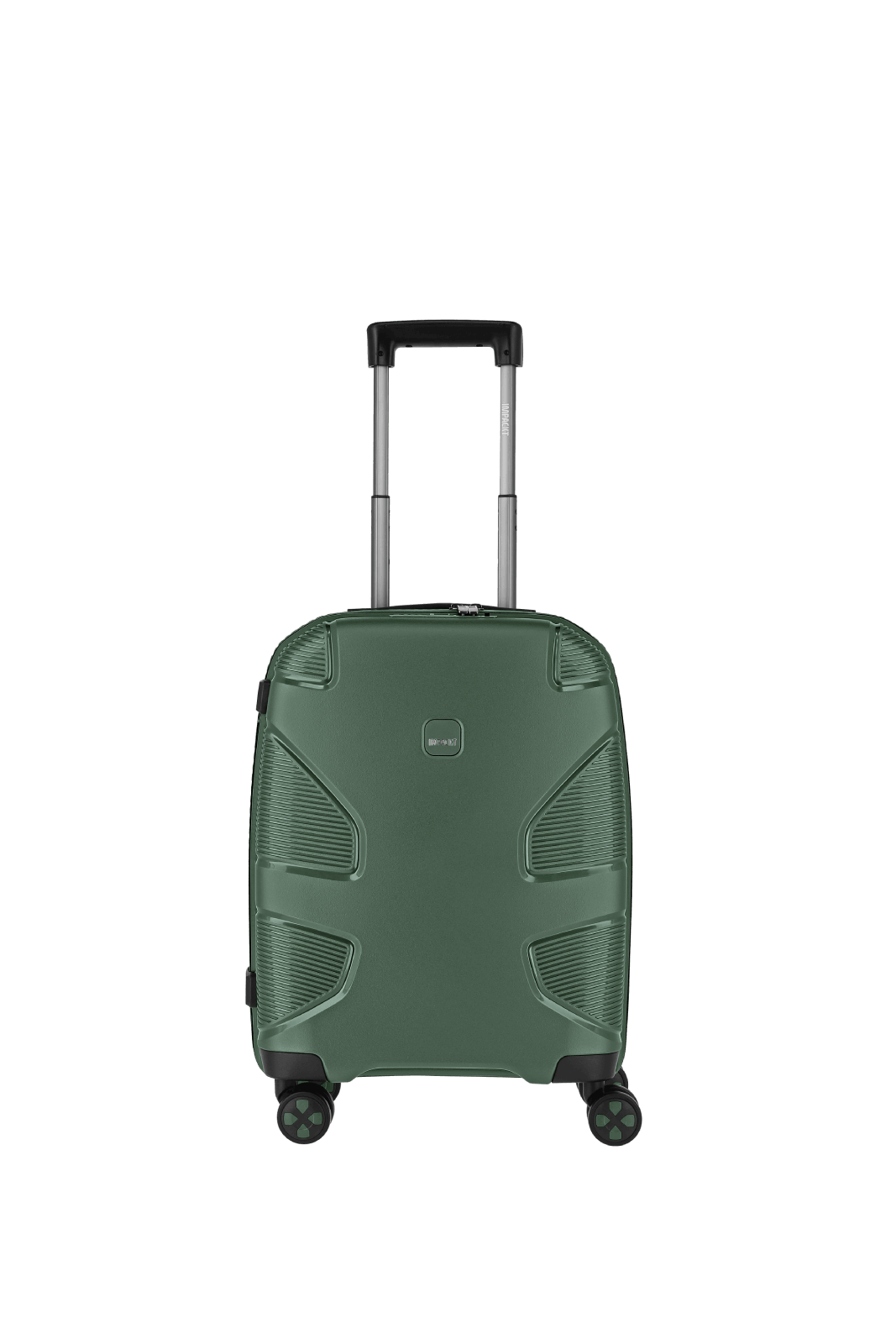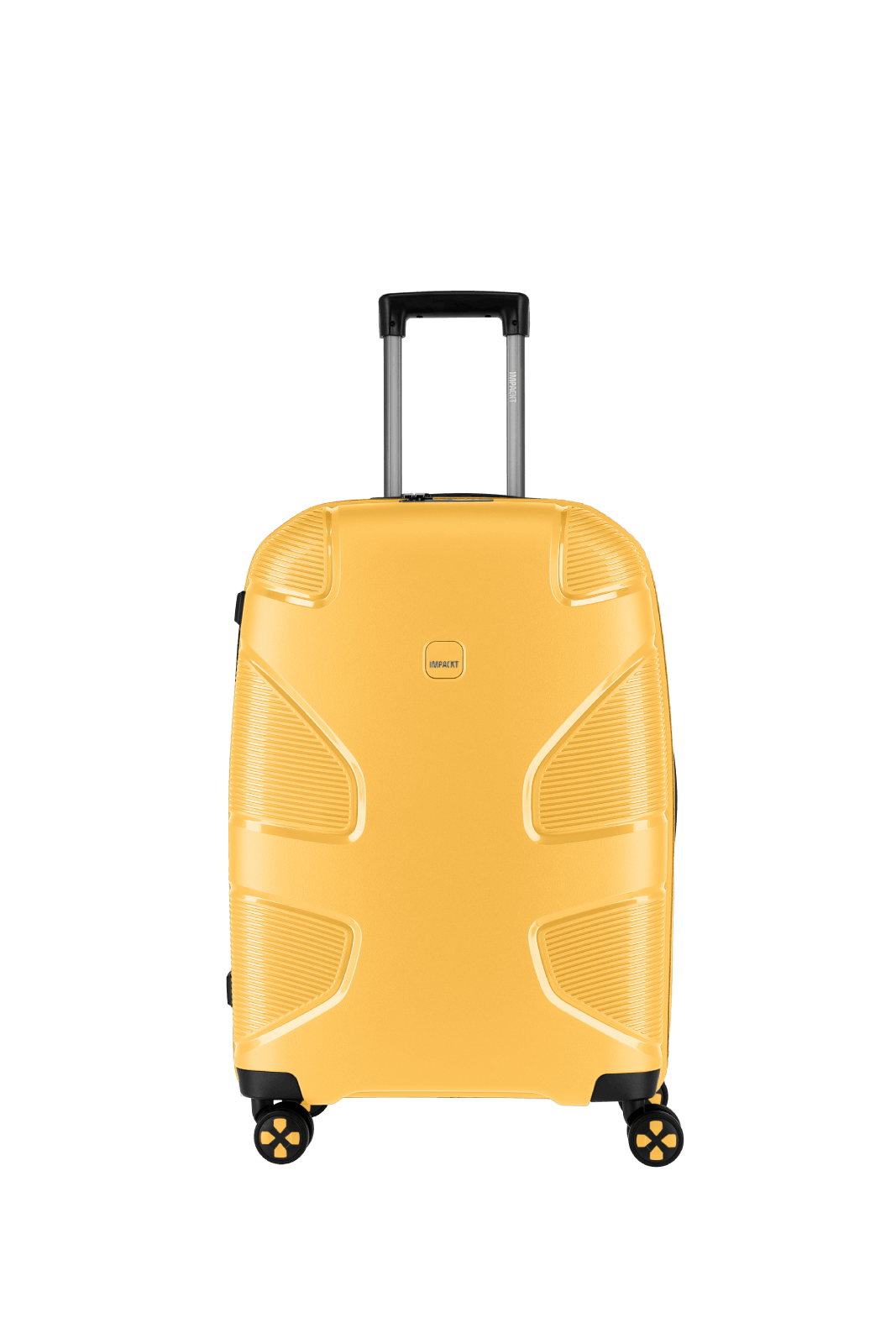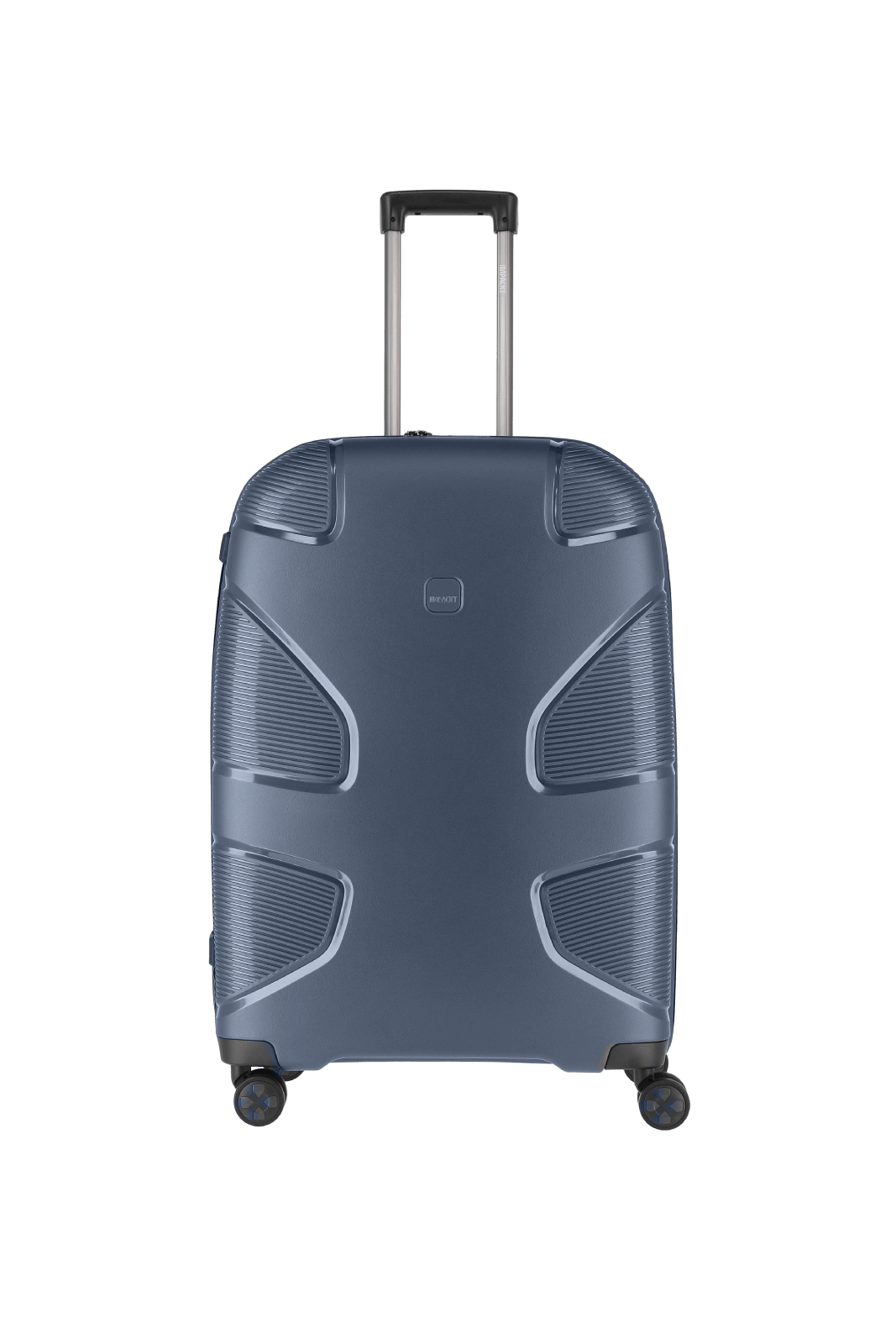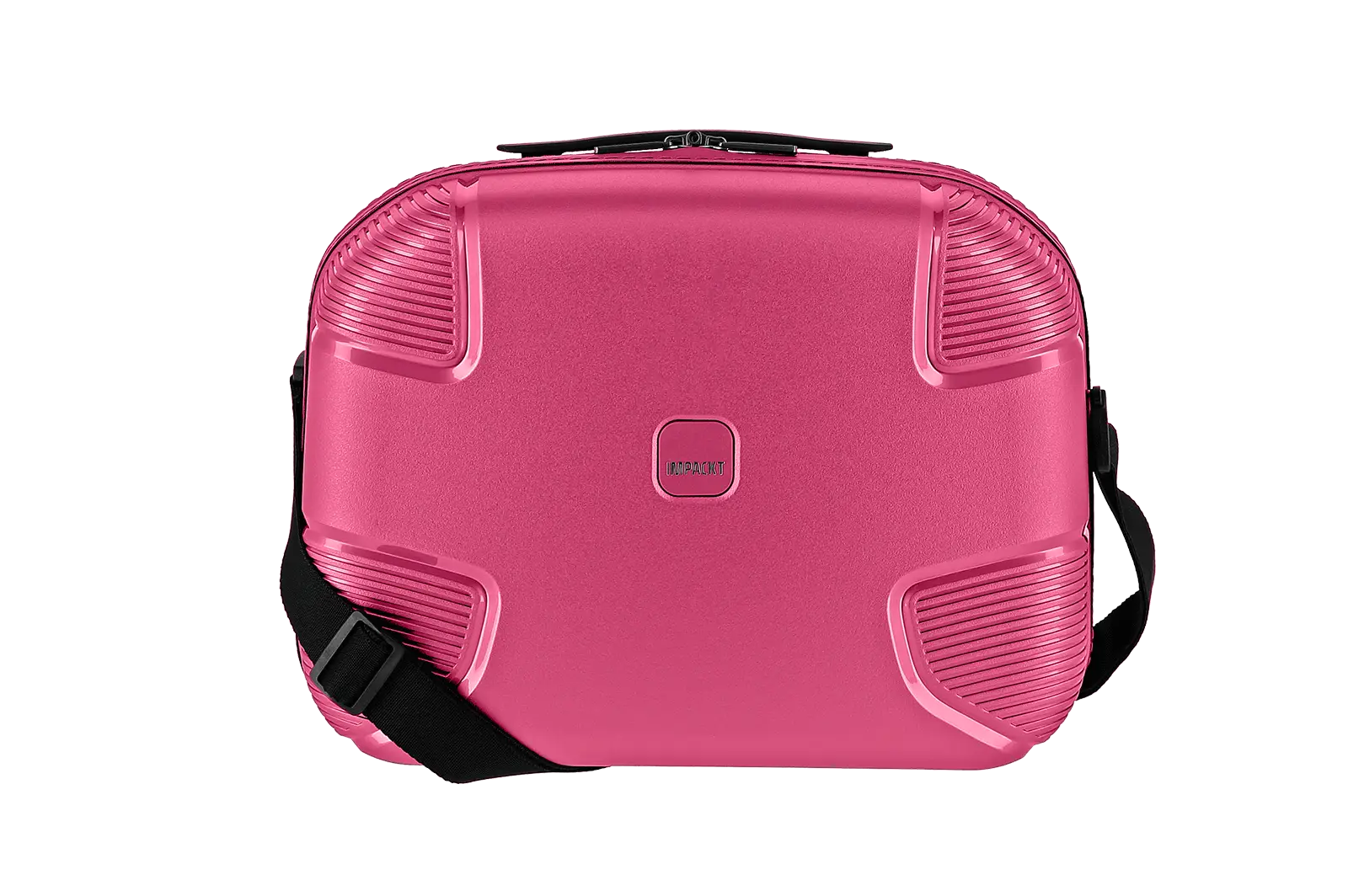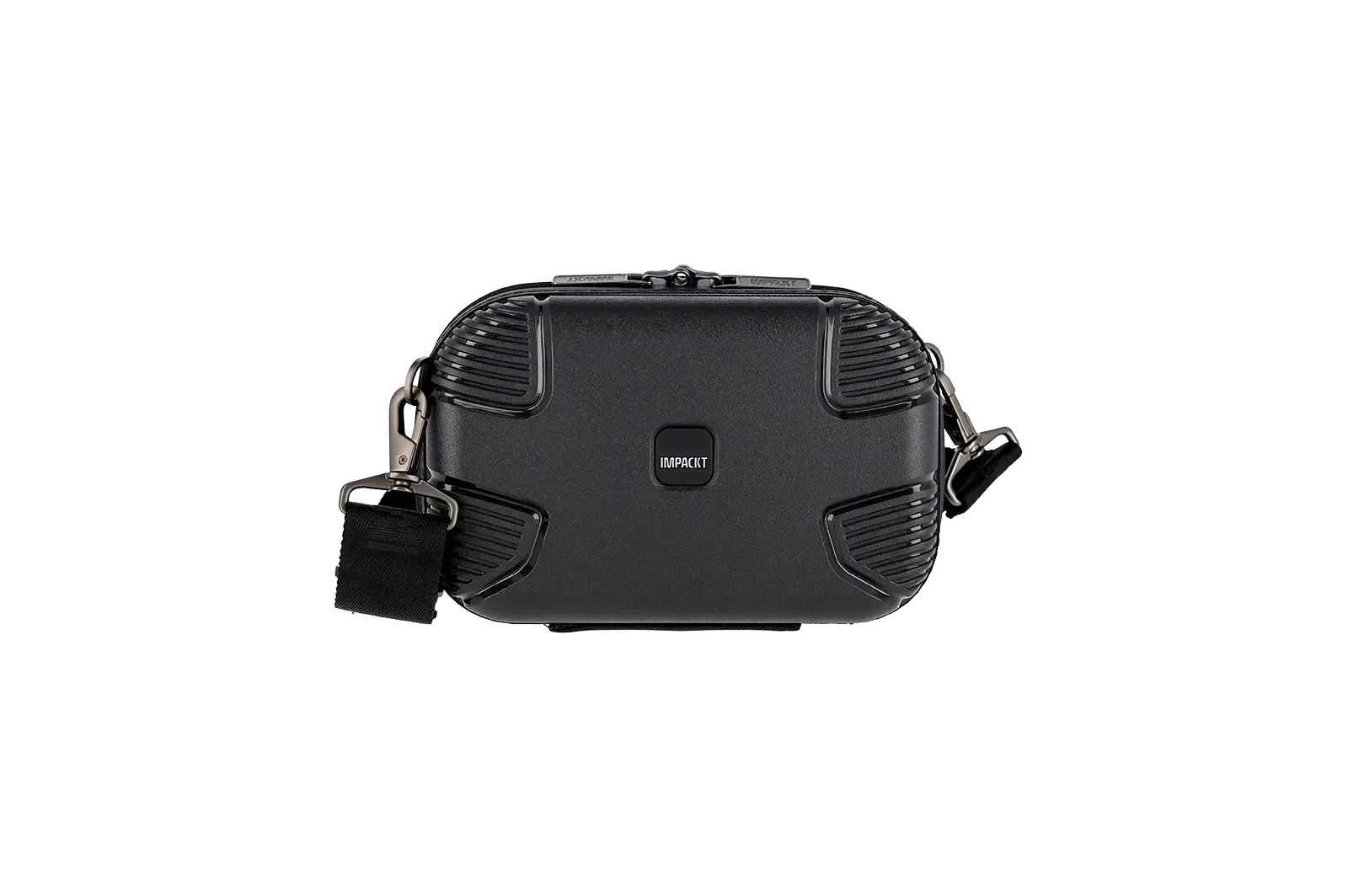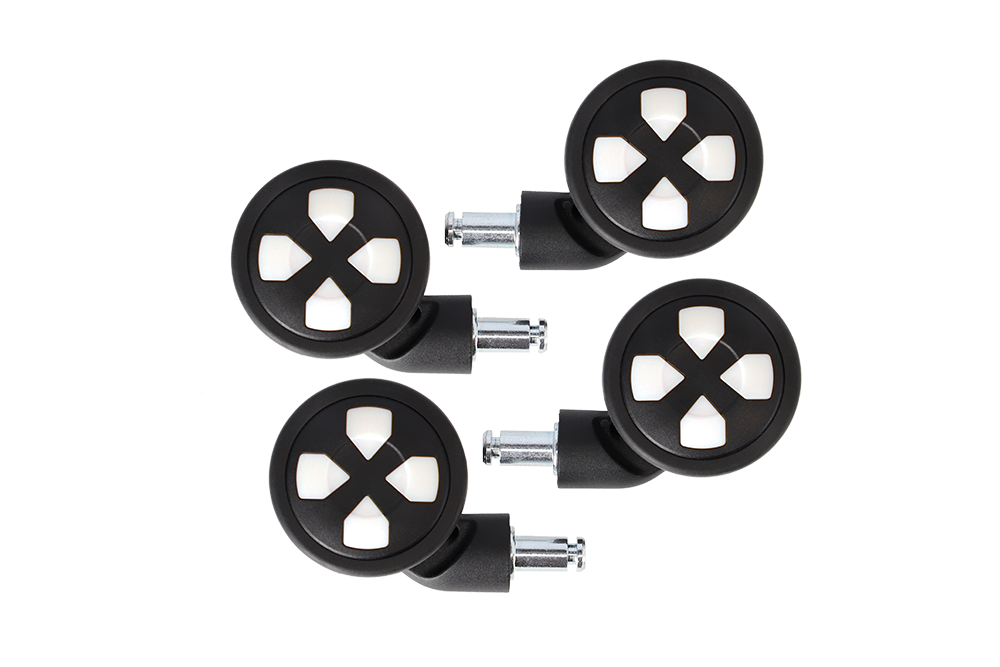Together for the protection of coral reefs 
Together for the protection of coral reefs 
Why is saving corals so important?
Why is saving corals so important?
This is how coral rescue works
This is how coral rescue works
1. Collecting damaged corals and stones in the ocean:

1. Collecting damaged corals and stones in the ocean:


2. Harnessing the amazing regenerative power of corals:
2. Harnessing the amazing regenerative power of corals:

3. Precise placement on the stones:

3. Precise placement on the stones:


4. Reintroduction in the coral nursery:
4. Reintroduction in the coral nursery:

5. Restored corals and their impressive development:

5. Restored corals and their impressive development:


